IT’S close to midnight on a Saturday. You’re deep in a forest, in complete darkness – and your younger brother has collapsed on the ground next to you, not breathing. Could you save his life?
This was the situation that faced 25-year-old Chris Le last year, when he received a call to say his younger brother Ben had had an allergic reaction while camping in the hills south of Adelaide. Luckily for Ben, Chris was a sixth-year medical student at the University of Adelaide and, lucky for Chris, he had received expert CPR simulation training during his years of study.
Now all he had to do was put his training into practice.
It was a terrifying situation and one that still lives with Chris today.
“I think the scary thing was, before that I’d done so much training on the mannequins but never on a real person and it’s a bit of a shock when that person’s your own brother as well,” says Chris, now a first-year intern at the new Royal Adelaide Hospital. “And you’re in the forest and it’s pitch black with no equipment so that definitely did (add) to it.”
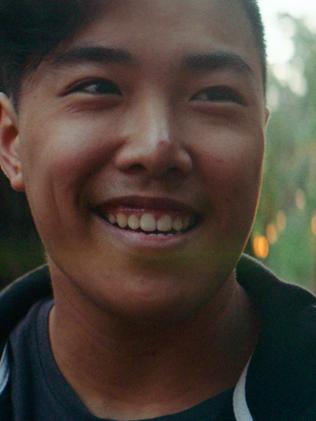
The drama unfolded on March 26, 2016. With their parents interstate on a rare holiday, Chris received a call around 10pm saying his brother had developed a rash which those around him thought might be an allergic reaction. Although Ben’s symptoms didn’t appear serious at that point, Chris made the decision to drive down to the campsite to check on his little brother.
“By the time I got there, it seemed like it was more of a general rash and it didn’t look too serious,” says Chris. “I thought, ‘Just in case, I’ll take you to hospital anyway’.”
But, before Chris could do that, his brother took a turn for the worse.
“Once we got in the car, he suddenly said ‘Oh I can’t breathe any more’. I thought, ‘This sounds now more like a serious allergic reaction’,” says Chris. “I said, ‘Hey Ben, I’m going to stab you with this needle, it might make you feel a bit better’. So I gave him his EpiPen and it turned out he was having an anaphylactic attack.
“The first EpiPen really didn’t do anything. Then he started saying that his breathing was getting worse and worse. I think at that time we were still in the middle of the forest at the campsite and he just sort of collapsed out of the car. Luckily, I had another EpiPen in the car and gave him a second one but again that didn’t really help at all.”
By this point, Ben was lapsing in and out of consciousness, his breathing becoming more and more shallow. As the situation grew increasingly life-threatening, a doctor staying at another part of the campsite stepped in to help Chris try to save his brother’s life.
I was trying to hold an airway but even that wasn’t really helping, and that second epipen didn’t really help either.
“I got the other doctor to do a pulse check and we couldn’t feel (anything). We thought ‘Maybe he’s going into cardiac arrest, because he’s not breathing at all’, says Chris.
“Fortunately, while I was holding the airway (the doctor) did a round of CPR and after that we could feel a pulse again, so it might have just been either reverted or because it was quite cold that day so you couldn’t feel it adequately.”
With Ben stabilised, Chris and the doctor continued to hold the airway and kept Ben warm until the ambulance and MedSTAR arrived on the scene a short time later.
“It felt like hours but I think, when you look back at it, it was maybe just five-10 minutes,” says Ben. “They were really quite quick in their response but I just remember holding Ben and I thought, ‘This is taking ages’.”
With a higher dose of adrenaline administered via an IV line, Ben’s vitals improved and he was transferred to the Intensive Care Unit at the Women’s and Children’s Hospital in Adelaide, where he was kept overnight before making a full recovery.
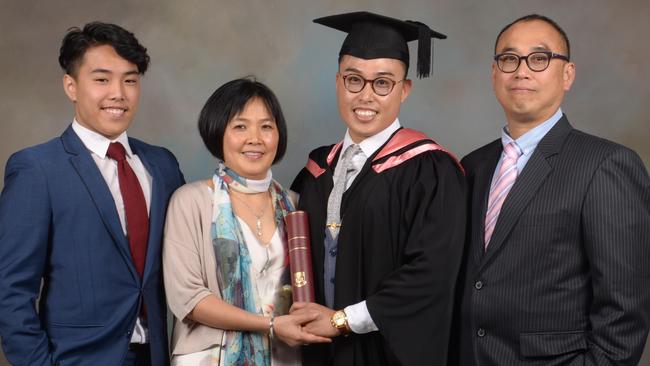
For the boys’ parents, finding out their child had suffered a life-threatening allergic reaction in their absence was understandably shocking. But, in reality, their absence is potentially the reason why Ben is alive today. Had they been home, they would have been the first on the scene – instead of Chris. And, without Chris’s medical intervention, Ben may not have survived.
“I think it was lucky that I got the call instead – it was handy having the background teaching there,” says Chris.
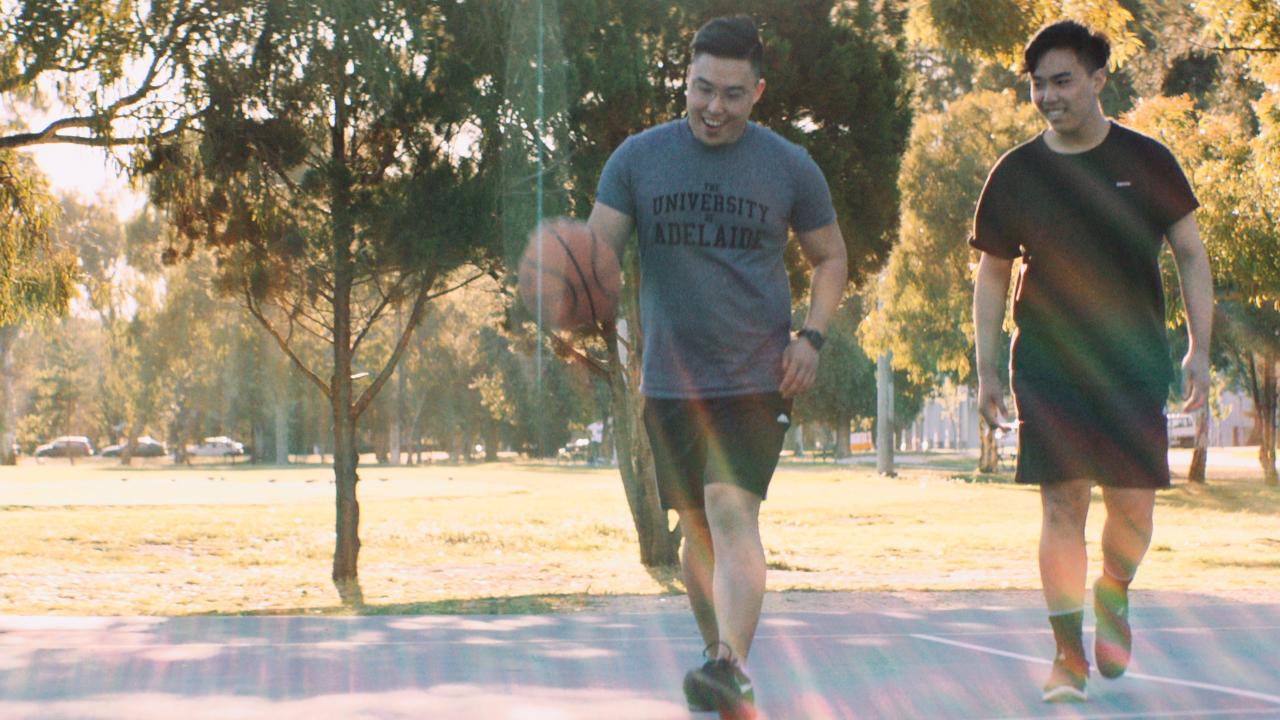
The brothers recreated the dramatic events in a video produced by the University of Adelaide. For both the boys and their parents, watching the re-enactment was an emotional experience.
“There are times when probably, when you’re in the moment, you didn’t really think about it too much but when you reflect on it and say, ‘Wow, that actually all did happen’, it was, I guess, quite nerve-racking and shocking. When you actually do re-enact it and think of all the different scenarios that could have happened if it didn’t go that way ... But, in the end, I think, lucky everything went for the best.
“When (my parents) first heard about that day, they were quite concerned and nervous but I think watching the re-enactment and how everything played out, I think they’re quite happy that I was there and all that is well.”
And Chris has no doubt that the reason all is well is thanks to the training he received from the lecturers at the University of Adelaide’s Adelaide Health Simulation as a medical student.
“Doing the simulation back in fourth, fifth and sixth year, you just get into this routine,” he says. “I think it’s the simulation and the repetitive nature and really just ingraining the whole scenario and process in your head. When you actually get to that situation, there’s not too much time to think so luckily you sort of go into autopilot mode and just go through with (the process).”
So you definitely have to credit the training.
As well as his lifesaving CPR skills, Chris says the interdisciplinary and interprofessional doctrine of the university’s Adelaide Health Simulation have benefited his transition from student to intern in other ways.
“When you’re working in hospital, you are working with all different types of disciplines so getting that communication down pat and being able to work effectively within a team, it’s great. It transitions very nicely when you do work in that field later on,” he says.
Having already been rostered on the nights team and the emergency call team at the nRAH, Chris says he has become more experienced in dealing with cardiac arrests and emergency situations.
“Just finishing a night’s rotation, you deal with all the emergencies,” he says. “Every week there’s always one or two cardiac arrests. It’s happened a few times and having the team there, it’s just sort of re-enacting that training scenario. I definitely still get the adrenaline rush – it’s really good.”
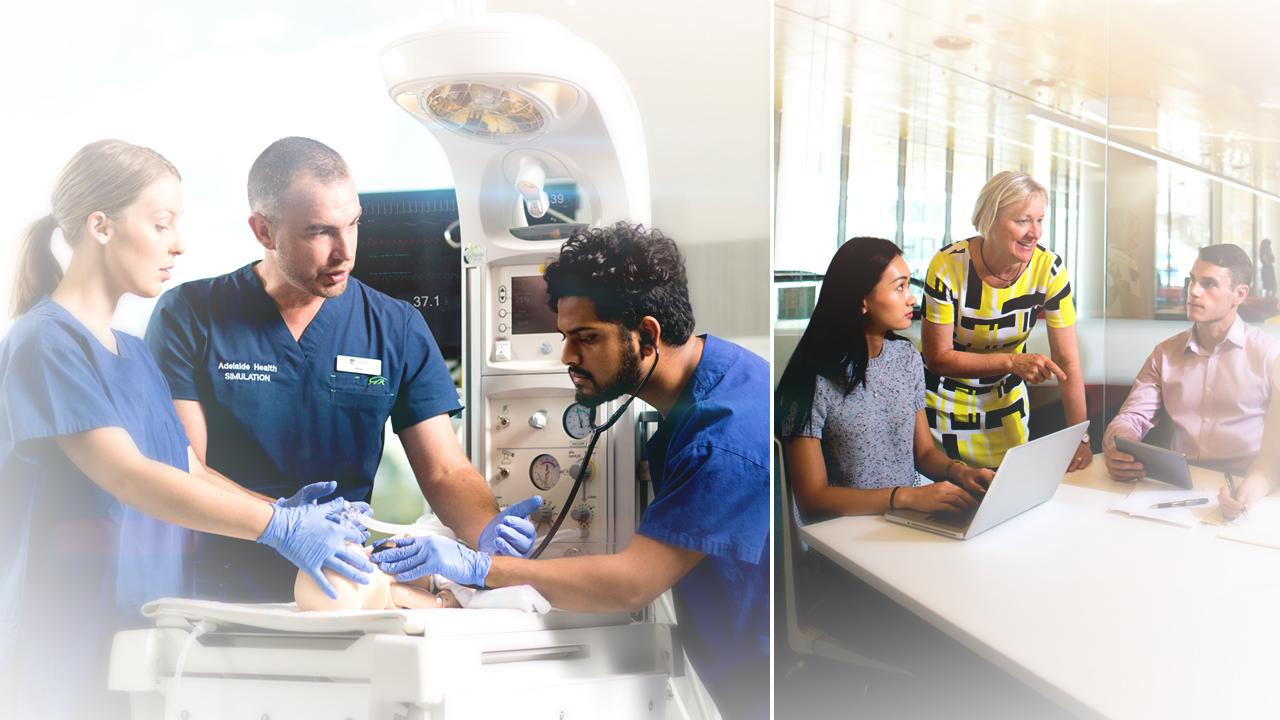
Simulation saving lives
Adam Montagu, Chris Le’s simulation lecturer, says learning of his ex-student’s lifesaving actions was “a pretty significant moment” in his career.
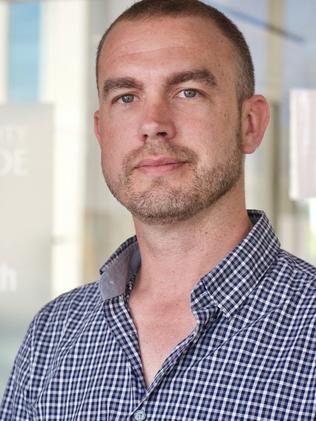
Montagu, a registered nurse and now director of simulation and senior lecturer at Adelaide Health Simulation (AHS), is naturally proud of his former student – but can also take pride in knowing that the training provided by his department contributed in no small way to saving the life of Ben Le.
“I’d taught Chris over a period of three years, and he came to our office and shared what had happened, that his brother had suffered a cardiac arrest, which is a horrific experience for anyone to endure for the first time, let alone being a family member,” says Montagu. “He said he felt that it was because of the simulation training he’d had over the years that he just kicked in to a natural response where he felt he knew what to do and he did it and there was a successful outcome, so we were pretty happy with that.
“All of our students, we know they can go into a situation for real for the first time but we can be confident that we’ve provided them with that experience previously and given them the confidence to know they’re doing the right thing. So it’s pretty powerful.”
Opened in February this year, AHS offers medical, nursing and other health sciences students at the University of Adelaide not only state-of-the-art training facilities run by highly skilled lecturers and technicians, but also a supportive environment in which to learn.
Based in the new Adelaide Health and Medical Sciences building on North Tce, nestled between the nRAH and SAHMRI, AHS features a 24-bed unit with 12 clinical spaces, eight of which have been designed to replicate a real hospital room. The only difference is the technology hidden away in the background that allows the students to experience working in an authentic clinical space.
“The students have access to all the things you would find in a normal clinical room, so there’s oxygen plumbed medical air, the hospital beds are brand new, we’ve got computerised electronic systems for patient records, vital signs monitoring – everything’s there,” says Montagu.
“(The rooms) have audio-visual capabilities so we can allow students to watch back what they’ve experienced and that helps us debrief them and reflect on the experience they’ve had. “We also have four hospital suites that are quite advanced – they have anaesthetic booms with anaesthetic gases and two huge two-way mirrors for people to watch through in observation.”
Those observing include AHS technicians, who sit in control rooms and operate the high-fidelity mannequins that can breathe, speak and talk, giving students a physical and practical sense of dealing with myriad medical conditions in real life.
The mannequins also provide another important aspect in AHS students’ education – the freedom to get things wrong.
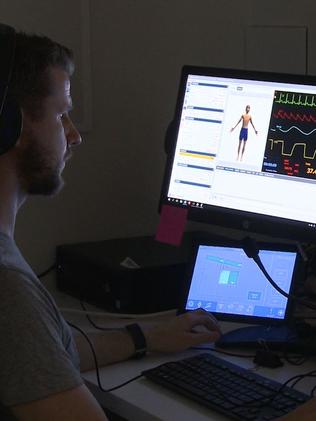
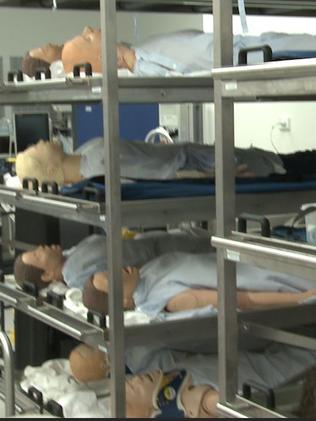
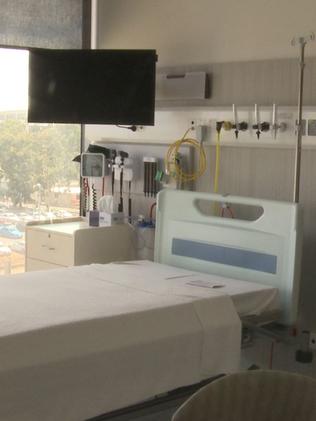
“Simulation is one of those things where you want students to feel safe in making mistakes, because there’s no real patient so there’s no consequence as such,” says Montagu. “We want them to take risks, make mistakes and let us guide them in the right direction.”
As well as its purpose-built simulation technologies, the strength of AHS lies in its interprofessional business practice. Lecturers teach students from the schools of medicine, nursing, psychology and dentistry, as well as Bachelor of Health and Medical Sciences. The result is students not just qualified in their chosen discipline but also in the skills required for successful integration in the working world.
“Teamwork, communication, leadership, fellowship – we make sure that we take our students into professional learning in the sense that they learn from and about each other so that, when they graduate, the medical students know what the role of the nursing staff is and vice versa, for example. They respect the different benefits they bring to the patient journey and they can work together to provide safe, quality patient care,” says Montagu. “That’s what we want from our graduates and that’s what we achieve.”


Mugshots: Faces of South Australia’s criminal past
These are the haunting faces of South Australia’s rich criminal history. From murder and theft to the “crime” of fortune-telling, delve into these fascinating records of our villainous past.
Discover a dream family holiday
FROM exciting new water parks and resort-style swimming pools to picnics under the trees, Discovery Parks at Tanunda and Lake Bonney will make your summer holiday one to remember.